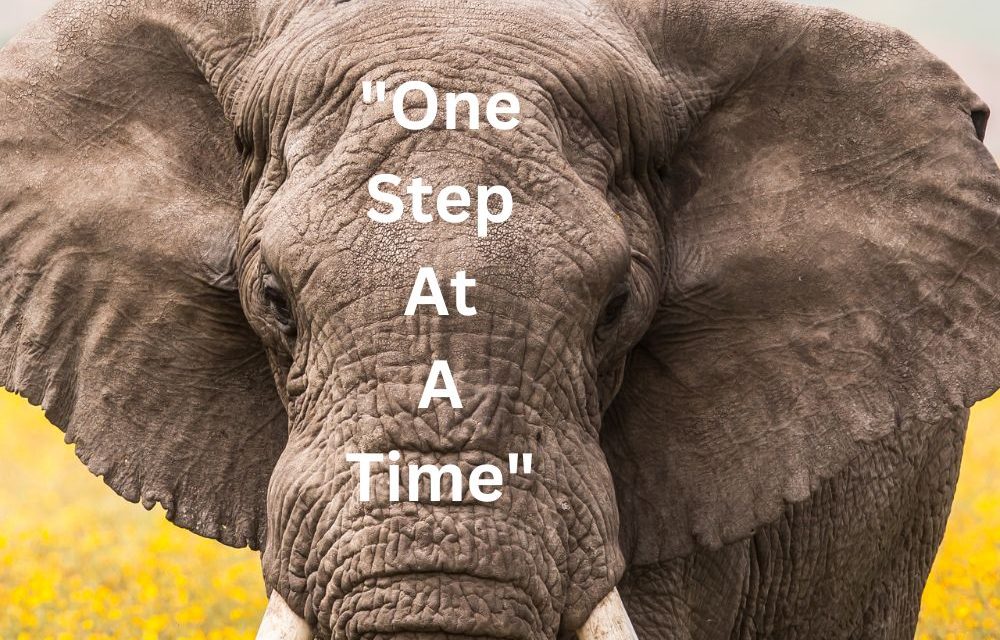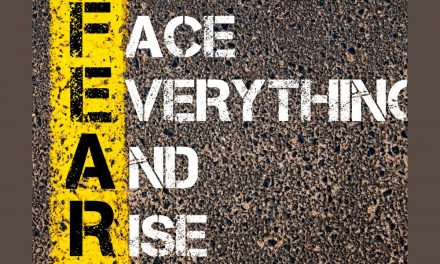Looking at all of the decisions you need to make to move from your current day-to-day into a life of extended travel can easily feel like trying to eat something the size of a grown elephant or coordinating an attempt on Mt Everest.
Thankfully, there are many who’ve gone ahead of you and prepared a well-maintained super highway path so it’s not like you’re out bushwacking your way up a mountain trying to forge a brand new route.
Once you have a general route and you know your destination, how do you get there without fizzling out somewhere well short of your goal?
I want you to pull in close and listen very carefully…
this is the secret sauce…
the advice that people pay thousands for…
the one that works every, single time…
Every day you take at least one action step toward your goal. You complete one item on your To Do list.
That’s it.
That’s all you have to do. Those days add up quickly. Imagine you have 300 items on your To Do list. One a day and you’re finished in less than 10 months.
If you set a deadline of 10 months in front of yourself are you as motivated to accomplish the list? Most people aren’t. It’s too much time, too overwhelmingly vague. Too much to mentally coordinate and decide priorities.
Let’s add one more perspective shift into the mix. This one makes taking a step every single day not only possible but completely doable.
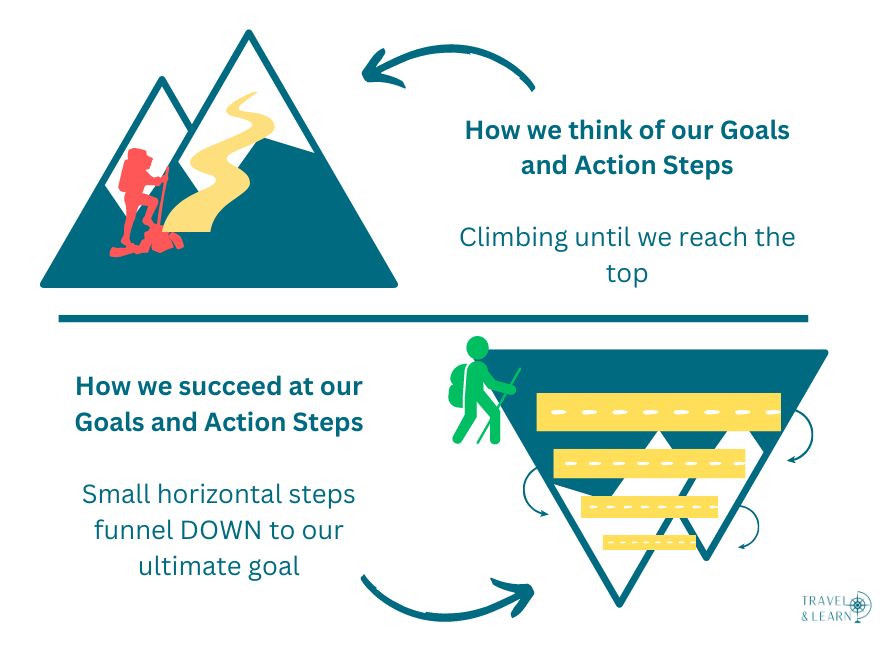
What?!?!
How does that work? Weren’t we always taught that you have to climb hard and far to reach dream-level goals?
Who said that’s necessary? Not us!
You’re already a master at managing your day-to-day life. In fact, you hone those life management skills on a daily basis. Why not take THOSE skills and apply them to a big dream-level life goal!
Let’s practice with an example. I’m using an outline format, but use whatever style or format works for you. Remember the goal here is to create a personalized road map. Since it’s an example, I’m limiting how many items I include. In real life your map will be extensive.
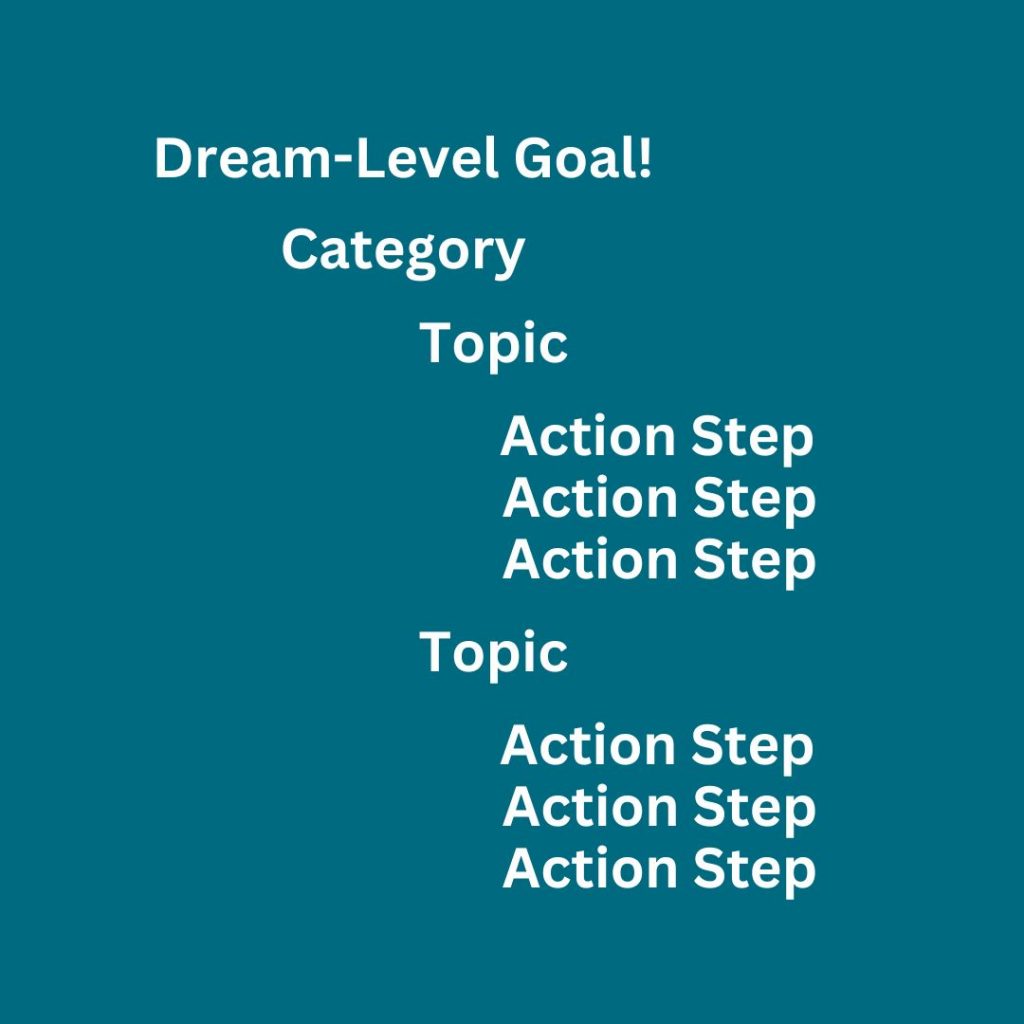
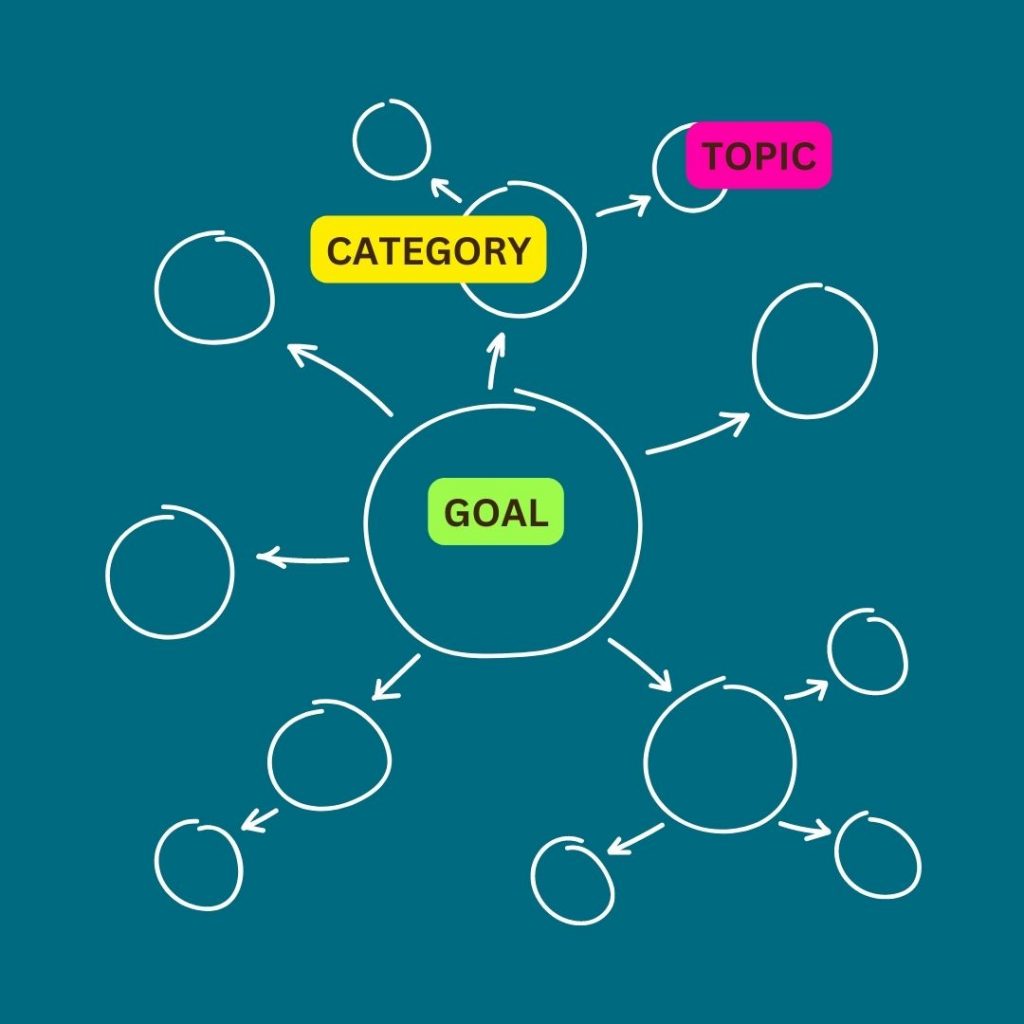
DREAM LEVEL GOAL (aka tiniest part of the mountain)
6 – 12 months trip traveling the world. Normally this would be at the top of the mountain.

CATEGORIES
Now we break down that dream-level goal into general CATEGORIES of things we need to accomplish to make that dream into a reality.
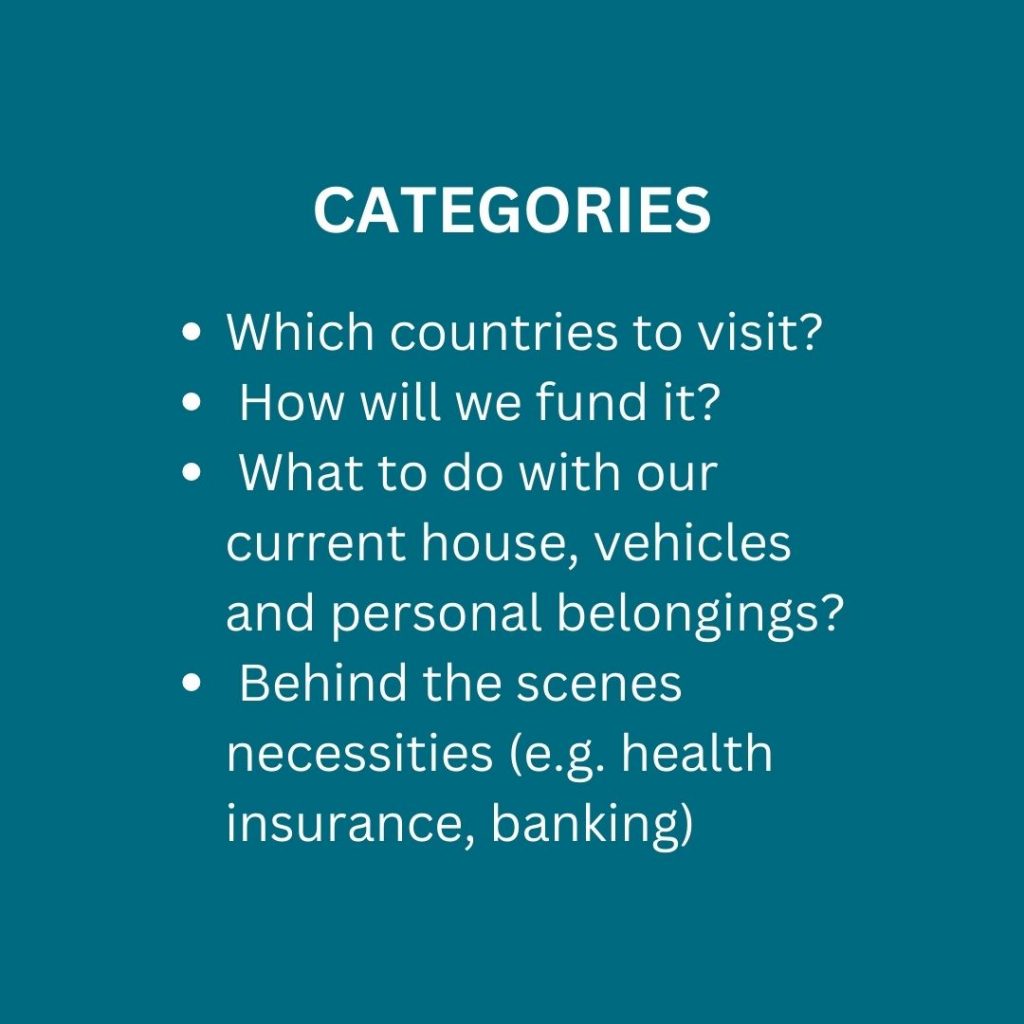
TOPICS
The next step is to break down those CATEGORIES into TOPICS.
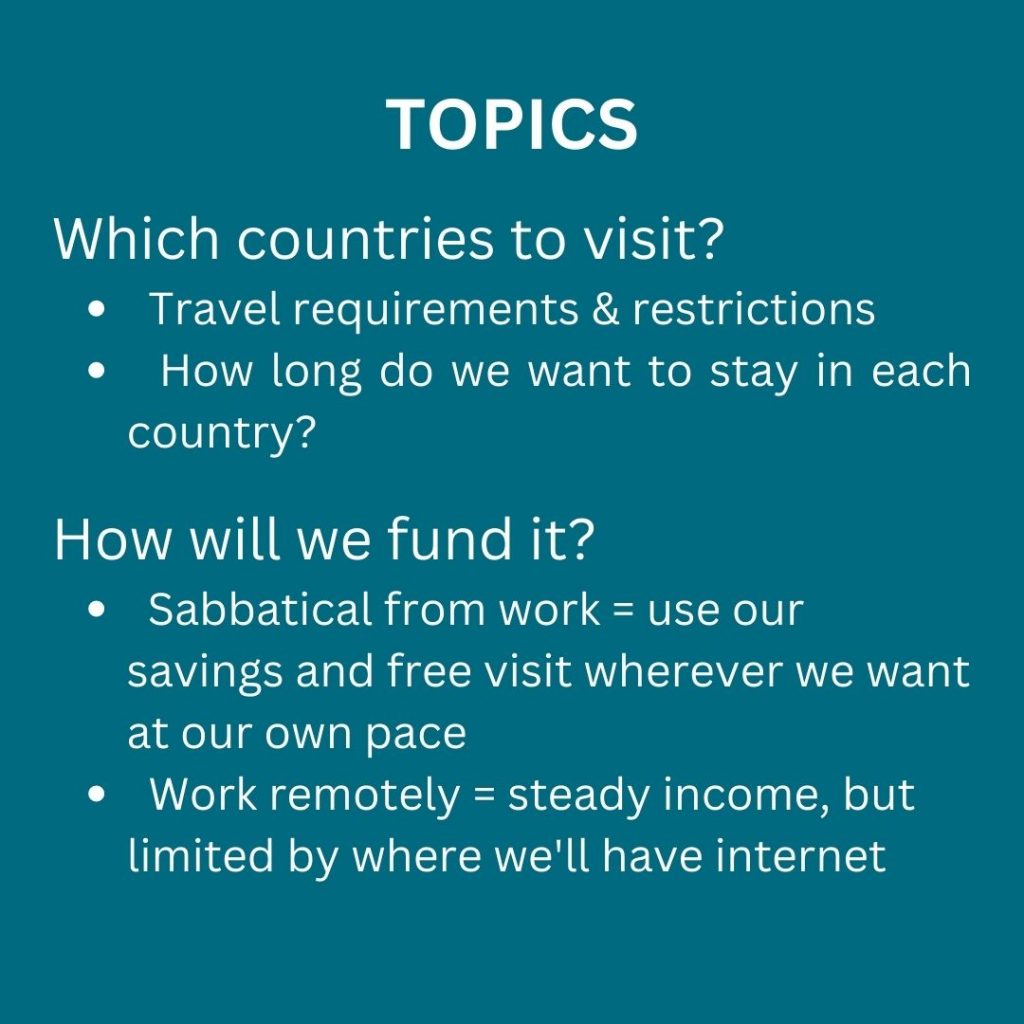
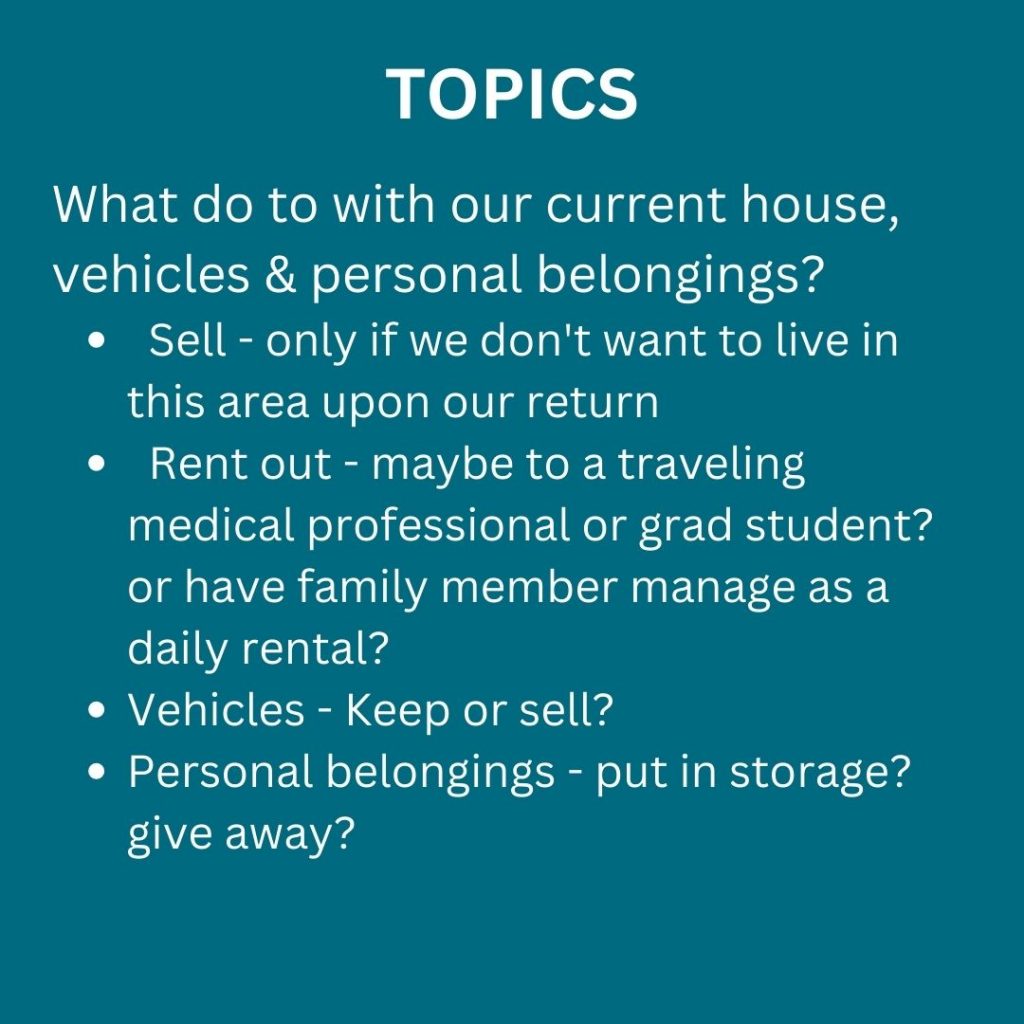
ACTION STEPS
And finally, break each Topic down into a detailed list of Action Steps.
You can break down Action Steps into even smaller Action Steps into the level of detail that works best for you!
You can vary how much detail to include in each Category or Topic.
How will you know when you’ve reached the best level of detail in your action steps? When you don’t trigger a fear/stress response at the thought of performing that action step.
Generally speaking, the more life experience you have doing something, the more macro you can probably keep your action steps because you’re not simultaneously spending valuable brain energy figuring out how to do it. You already know how to do it, you need to take the steps.
Q: Why do all of this work first? Can’t I just get started taking Action Steps?
A: The obvious answer is yes, you can ignore identifying Action Step details first. And you probably will ignore some of them for Categories or Topics where you already have life experience to accomplish them successfully.
But what about those Categories and Topics that are new to you where you have no life experience to draw from? How do you know that the steps you spontaneously want to take will lead you to your right destination? The only way to confirm in advance that the path you’re on is setting you up for success is to test it out by planning it out…by mapping it out.
We’re all tempted to jump in and start doing the Action Steps that are easiest for us. We like feeling that sense of accomplishment. We’re making progress toward our dream-level goal!
This process is intended for Categories and Topics that are new to you, include a learning curve, or might become confusing along the way. Your focused intention could easily be misdirected sending you off in circles (or in the wrong direction) or even have legal consequences (like trying to board the airplane for Country C with only 4 months left on your passport and suddenly finding yourself waiting the weekend for the embassy to open so you can get a new passport).
Before GPS was a fixture in our cars and on our phones, we relied on paper maps and compasses. We still rely on these tools when hiking in remote areas or out at sea. They’re our backup, our fail safe. Unless you’ve figured out how to program your phone to navigate you without error through the umpteen decisions you’ll be making…mapping in some form is crucial. AI is impressive, but it’s not an option yet!
Q. But I just want to travel as I see on social media! Why do I have to learn how to do this kind of process?
A. Do you follow someone on social media who loves to travel spontaneously? They always seem to catch their flight, have no problem with transportation, and eat at incredible restaurants without reservations!
Do they ever show you what happens behind the scenes? Show you the reality behind the scenes, not just the glossy run through the airport to catch the plane.
Do they ever show the days, weeks, or even months that they and/or their partner or manager has spent organizing, researching, and doing paperwork in advance? Do you ever see their ace travel agent/best friend who knows exactly how to find cheap flights at the last minute and also books them on fantastic guided tours and adventures? Do you notice that they regularly ask their social media community for restaurant recommendations? Or maybe all of the above!!!
To paraphrase a round-the-world sailing family who shares their lives on YouTube…
“No one would watch us if we showed you how much time we spend filling out paperwork and researching the next countries we plan to visit. We spend days, even weeks preparing and we’ve been sailing for years!”
The Bottom Line
Extended travel means repeatedly using this kind of approach. Start with one you know is successful and modify it to fit how you think and how you want your information organized.
Commercial airline pilots still work through a pre-flight checklist before every flight they captain. At the flight’s conclusion, they work step-by-step through a post-flight checklist. One pilot reads the action item out loud while the other performs the check and verbally confirms. Working from a printed list ensures they don’t become complacent or risk overlooking an important step.
Develop your process now while you have the time and freedom to make mistakes. Unless you know you’ll be outsourcing the steps, you have to do the prep work. Successful prep work turns into life experience which matures into expertise!
